A Day with the Huawei Mate 30 Pro: Kirin 990 and 7680 FPS Slow Motion Tests
by Dr. Ian Cutress on September 23, 2019 4:00 AM EST- Posted in
- Smartphones
- Huawei
- Kirin 990
- Mate 30 Pro
- 7680fps
Daylight Photography Hands-On
One of the benefits of being a photography luddite is that the quality of smartphone cameras, both the hardware and the software, has come on leaps and bounds over the last decade. Smartphone photography is something that new entrants to the smartphone scene have difficulty on, because the main players are on their ninth or tenth generation of AI-accelerated photography features. If you are new with your first/second generation device, it is hard to play catch-up. But for today, Huawei is one of the companies leading the scene in computational photography.
For my short photography test, I’m pitting the Huawei Mate 30 Pro against my trusty P30 Pro. I also have the ROG Phone II here for an upcoming test, so I’ve thrown that in as well. I took seven day-time scenes from a trip to compare and contrast. All three phones are running in Auto mode, taking 10/12MP shots with pixel binning, with AI enabled.
Position 1: A Church
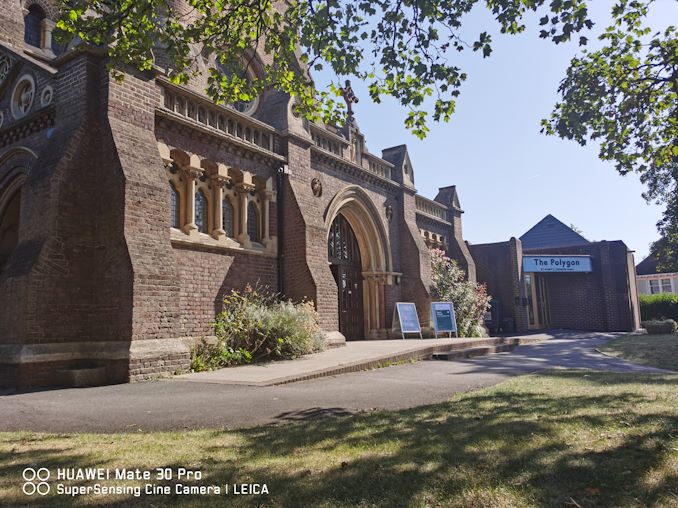

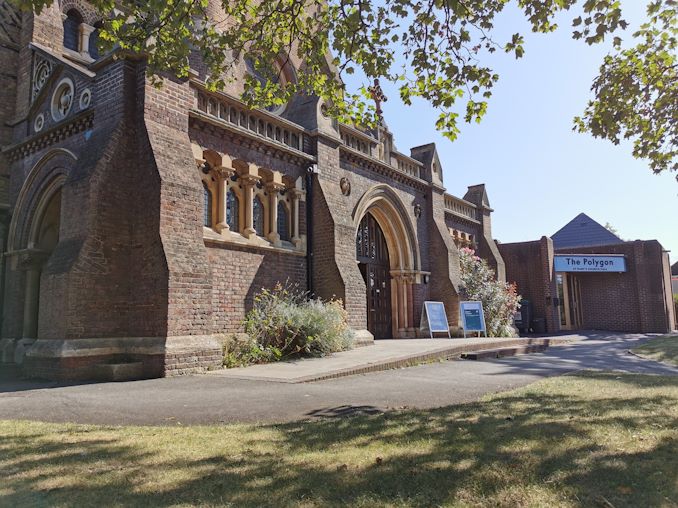
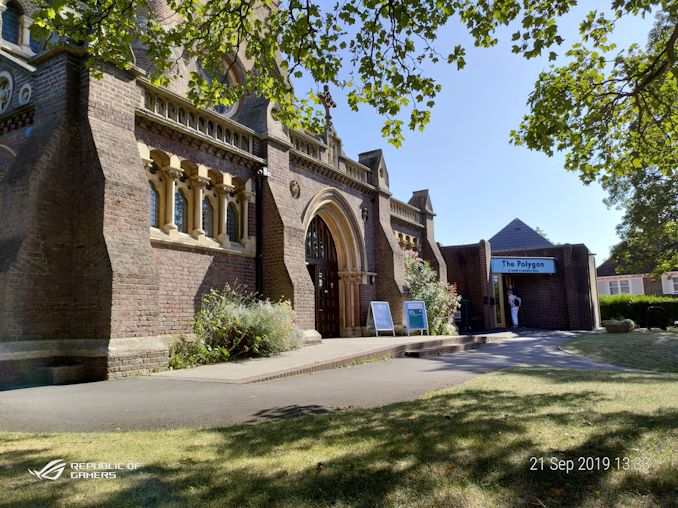
Mate 30 Pro | P30 Pro | ROG Phone II
Here we can see that the Mate 30 Pro is a little hazier around the words on the right, but the bricks on the wall of the Mate 30 Pro have a lot less noise on them. The ROG Phone II darkens the shadows quite a bit, whereas the two Huawei phones blend the scene a lot better.
Position 2: Clock Tower
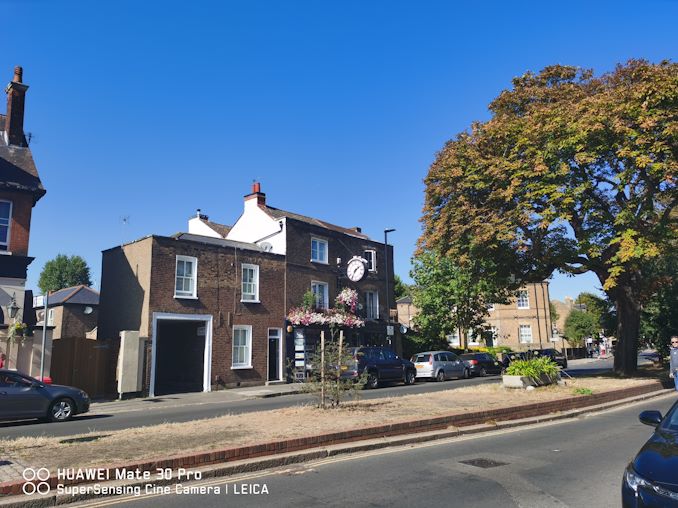

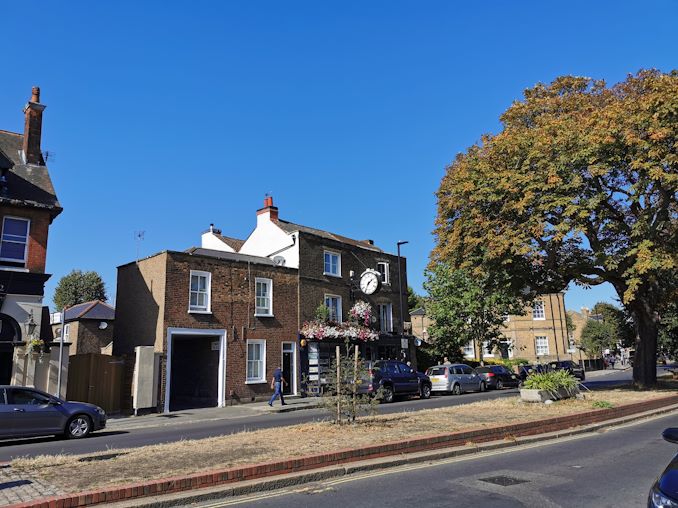

Mate 30 Pro | P30 Pro | ROG Phone II
In this instance the P30 Pro is darker on the brickwork than the Mate 30 Pro, however the Mate 30 Pro is a bit more hazier with less detail. Both phones used ISO 50 for this one, with the Mate 30 being at 1/4219s shutter speed compared to 1/3425s.
Position 3: Ealing Studios
This photo had a slight angle towards an incoming sun, to give a more difficult scene.
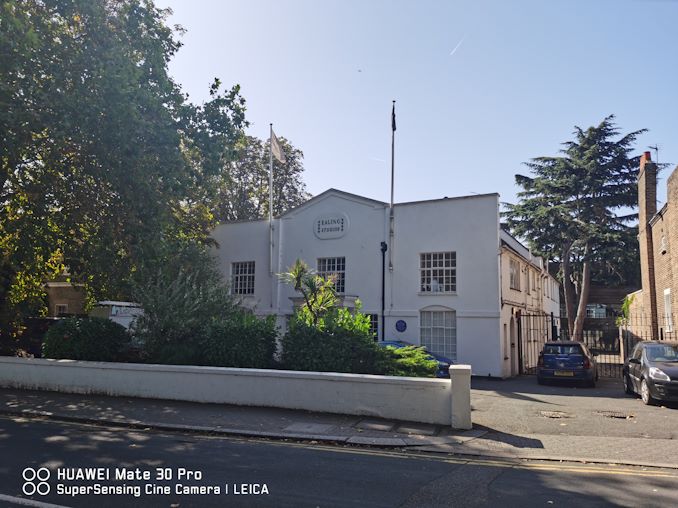

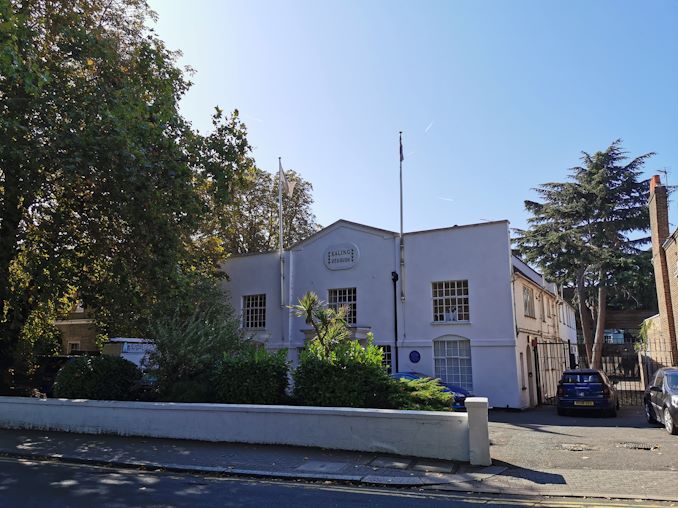
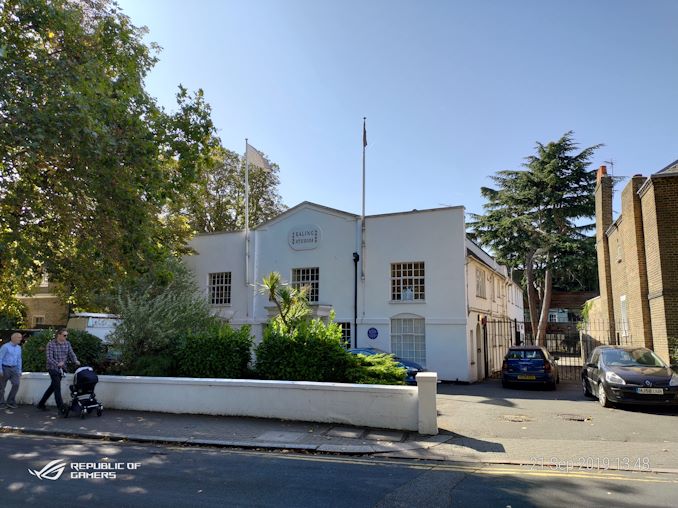
Mate 30 Pro | P30 Pro | ROG Phone II
Again we see that on the P30 Pro, compared to the Mate 30 Pro it is a little darker and in this case the building looks a lot bluer as a result. The sidewalk on the P30 Pro also looks blue, but on the Mate 30 Pro is truer to the real color.
Position 4: Macaroons
The artificial light here gives an interesting perspective – all three phones typically refresh at 60 Hz, but with the UK on its 50 Hz lighting system combined with a rolling shutter means that we get those wavy lines across the screen. Most modern smartphones now have a way of dealing with this, by detecting the light differential and synchronizing up. It still takes a good 5 seconds or so for the detection to work and kick in, however.
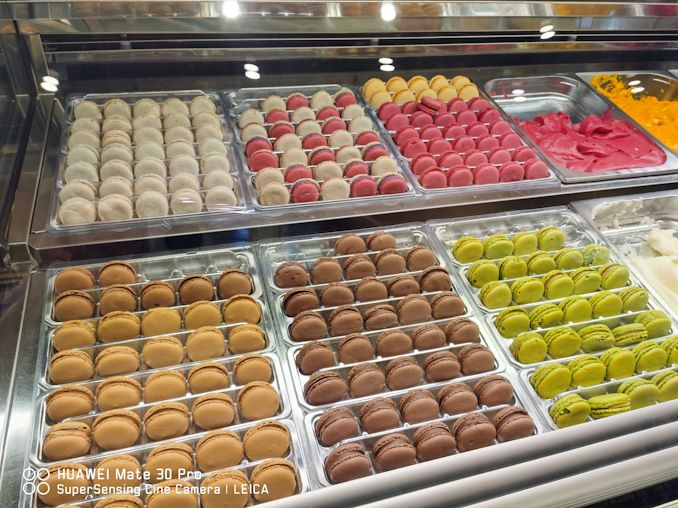

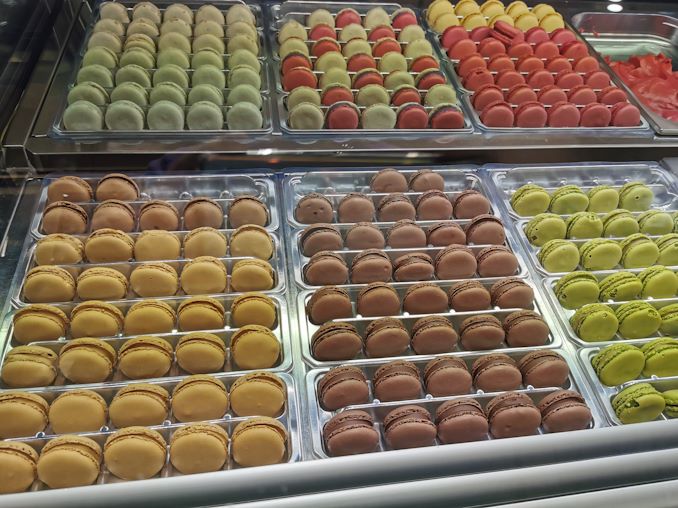
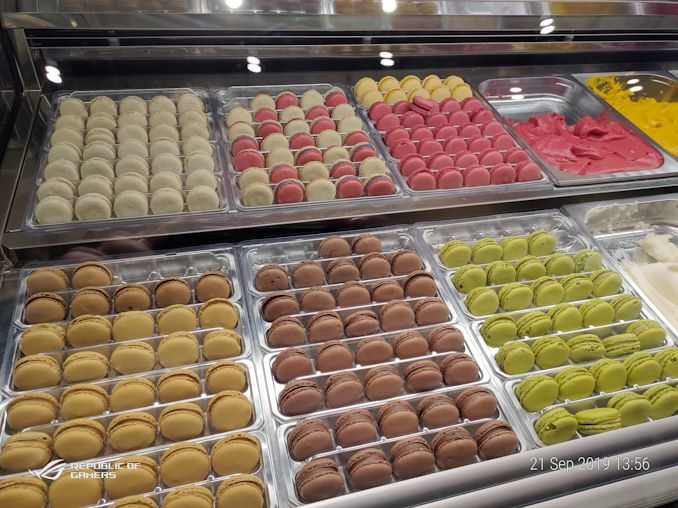
Mate 30 Pro | P30 Pro | ROG Phone II
The Mate 30 Pro makes the colors pop a bit more than the other two, but again we are getting some haziness in the camera and a lack of edge clarity in the distance or even on the yellow macaroons near the front.
Position 5: Ice Cream



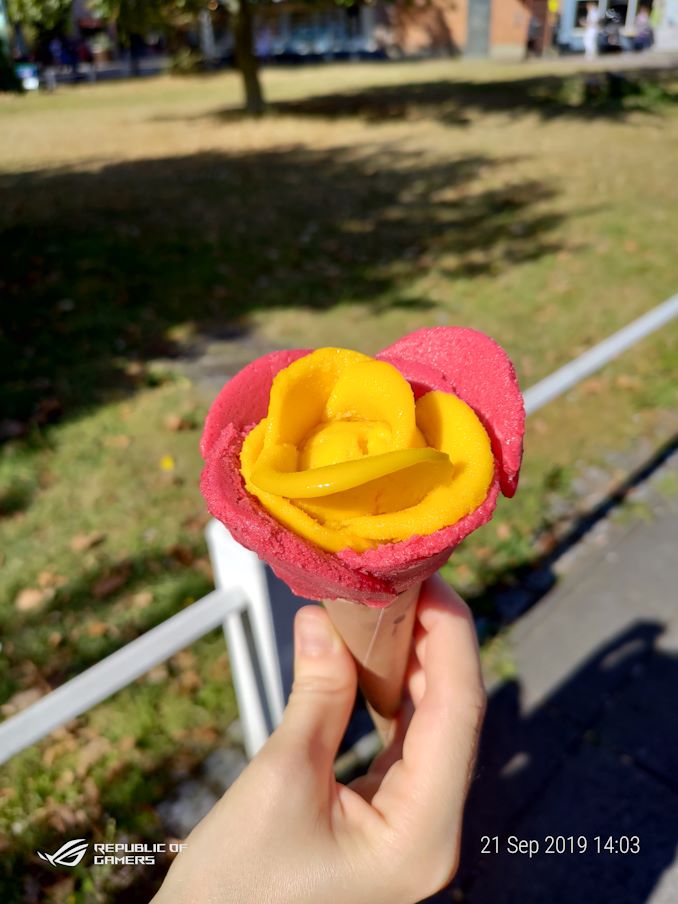
Mate 30 Pro | P30 Pro | ROG Phone II
This is more of a close up shot, and again we see the Mate 30 Pro make the colors seem more vibrant, but still a haziness in the image. I wonder if this is the bokeh going into overdrive. Impressively I prefer the ROG Phone II in this shot, as the picture is very clear and crisp.
Position 6: Shopping Center
This photograph was taken under shade in an open-air shopping mall, with Christmas lighting all strung up and ready to go. We have the sun coming in from the right, shining on a set of walls but leaving a lot of the shot in the shade.



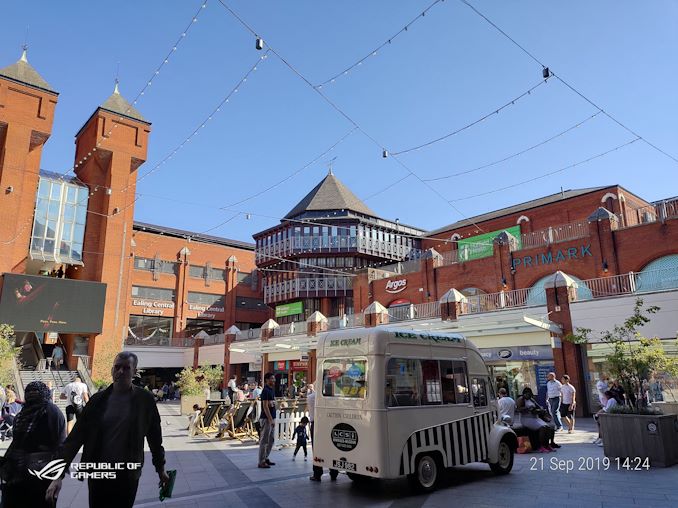
Mate 30 Pro | P30 Pro | ROG Phone II
For another scene, we have the P30 Pro being sharp, while the Mate 30 aims for more vibrant colors. In both cases, the floor is made very blue, whereas the ROG Phone, while not the most color vibrant shot, is probably the most true-to-life in most of the scene. Where the ROG Phone II falls short is the hanging lights, which both the Huawei’s depict quite clearly.
Position 7: Horse Statue
Another close up, this time of the shady side of a horse statue with the background containing a variety of Christmas lights.




Mate 30 Pro | P30 Pro | ROG Phone II
With the Mate 30 Pro again being hazy in the periphery, this does seem down to an over-active bokeh implementation. The shadows and marks of the statue are easier to make out on the P30 Pro, which actually feels the most true-to-life out of the three shots. The ROG Phone II here seems to add an AI filter here that doesn’t work, causing some miscoloration and a lot of blur on the Christmas lights.










47 Comments
View All Comments
zepi - Monday, September 23, 2019 - link
These high FPS modes are in the end just tools.Depending on the creativity of the videographer and the limitations imposed by the restrictions they can be useful or useless gimmicks.
Duration restrictions are quite severe, so it is not clear that these are actually usable for capturing interesting things. This is difficult to assess without actually trying and learning to use these tools.
Often times setup for such video captures is so time consuming and expensive, that it is impossible to create repeatable exercises to master such restricted tools...
Still, it is nice to see such features.
StevenD - Monday, September 23, 2019 - link
The ultra high FPS stuff is always a gimmick, I am much more pleased with the results of a good 240 fps than the impressive but short-lived 960.7680 is something else though. I can see it being useful filming explosions, but in that case, it's even harder to get the right shot, especially if you're using consumable materials, and the phone might not survive every time.
olde94 - Monday, September 23, 2019 - link
As a tinkerer (diy guy) and an engineer having a camera that can capture 125 micro seconds is really something useful, even with the limit as long as "getting it to capture the right time span" is not an issue. But for creative use i hardly see the use, but i might not be creative enoughmdrejhon - Tuesday, September 24, 2019 - link
The high speed features are not necessarily gimmicks for study purposes - for example, the analysis of displays benefits well from a true native 1000fps (and higher) high speed camera. High speed videos of display refresh cycles at http://www.blurbusters.com/scanout is one good example of high speed video becoming accessible to DIY researchers and student scientists who otherwise could not afford a high speed camera.alexvoda - Monday, September 23, 2019 - link
Just like removing the headphone jack (and not replacing it with another port) is stupid, removing the volume buttons is stupid.Something that before you could previously control just by using touch, now requires you to look at the phone.
I really wonder when we will outgrow this trend of removing physical controls in phones, cars and everything in between.
zepi - Monday, September 23, 2019 - link
Volume control is handled by the BT-headphones.close - Monday, September 23, 2019 - link
That's just one of the use cases. Turning the volume up or down for the ringer or any app streaming/casting to another device is another. And yes, you can always do it from software but it requires enough additional steps to make it annoying *every time* with no workaround.soliloquist - Monday, September 23, 2019 - link
Or when you are using the phone... you know, as a phone.I know no one does that anymore. But in that off chance that people want to actually talk to each other, being able to change the volume without moving the phone away from your ear/mouth is helpful.
not_anton - Sunday, September 29, 2019 - link
(AirPods user) Yea, sure...BedfordTim - Monday, September 23, 2019 - link
Especially when you have the phone in a case to protect the wrap around screen.